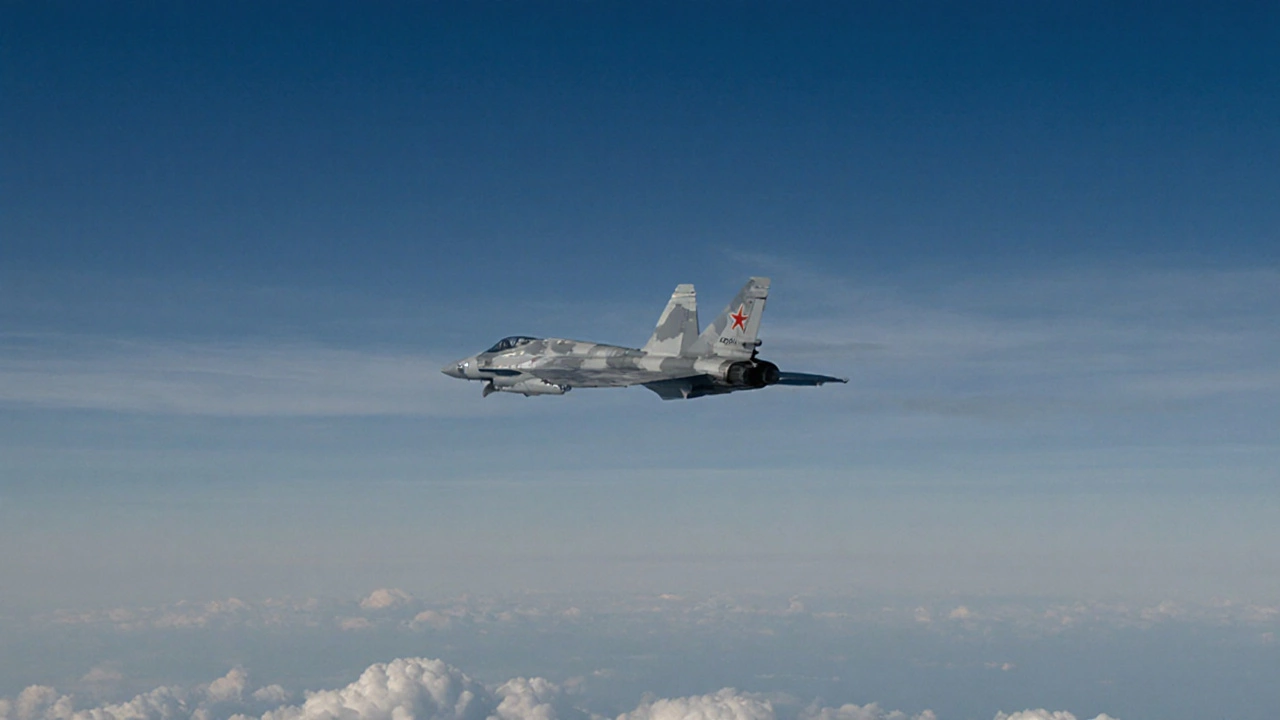Russian jets: technology, tactics, and today’s role
When talking about Russian jets, high‑performance military aircraft built by Russia’s aerospace industry. Also known as Russian combat aircraft, they play a central part in national defense, power projection, and global geopolitics.
One of the most talked‑about platforms is the Sukhoi Su‑57, a fifth‑generation stealth fighter featuring advanced avionics and super‑cruise capability. The Su‑57 enables Russia to compete with Western stealth designs, offering low observability and multi‑role flexibility. Another staple is the MiG‑29, a fourth‑generation air superiority fighter known for agility and ruggedness. The MiG‑29 remains in service with many air forces, highlighting the durability of Russian jet design.
How Russian jets shape modern air defense
Russian jets Russian jets influence global air defense strategies in three clear ways. First, their speed and maneuverability demand sophisticated radar and missile systems, prompting NATO allies to upgrade detection networks. Second, the integration of electronic warfare suites on aircraft like the Su‑57 forces opponents to develop counter‑measures, creating a tech‑race in the electromagnetic spectrum. Third, Russia’s export of jets such as the MiG‑29 to friendly nations expands its strategic footprint, meaning regional air forces often train on the same platforms, which standardizes tactics and logistics across distant theaters. Together, these factors illustrate how Russian jet development is not just about building planes—it’s about reshaping the entire combat environment.
The collection below pulls together recent news, analysis, and expert commentary on Russian jets. Whether you’re tracking the latest flight tests, assessing the impact on NATO air strategies, or curious about the future of the Su‑57 program, the articles give you a clear, up‑to‑date picture of where Russian aviation stands today.

RAF Pilots Brace for Russian Jet Incursions – What May Come Next
NATO airspace faces a wave of Russian jet incursions, prompting the UK to promise a direct response. Recent violations over Estonia, Latvia and Poland have seen F‑35s and Gripens scramble to escort Russian aircraft. US officials say NATO can shoot down violators, while experts warn intercepts are fraught with danger. The standoff raises the specter of a wider aerial clash.